SUMMARY
This is AI generated summarization, which may have errors. For context, always refer to the full article.
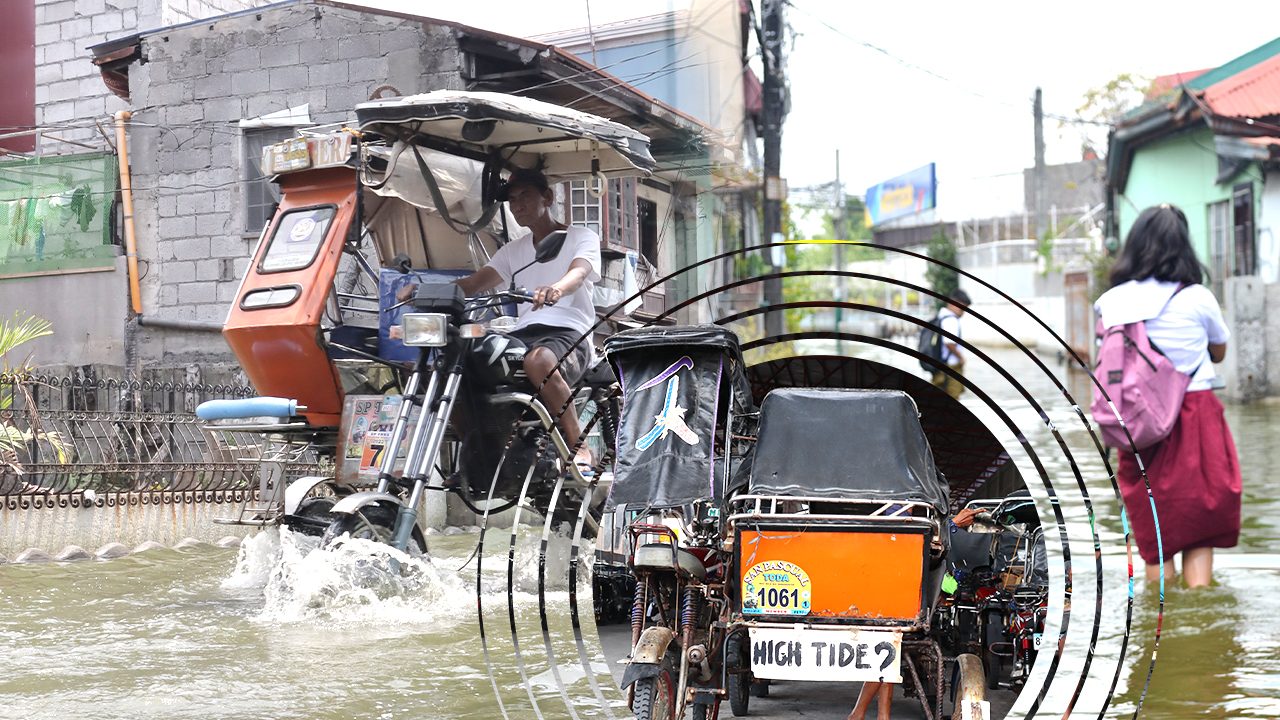
BULACAN, Philippines – When the tide comes in and the roads of the coastal town of Hagonoy in Bulacan are again flooded, locals turn to the trusty tikling for their mode of travel.
No, this tikling is not the avian kind which can be seen in rice paddies. Tikling is what Hagonoy locals christened the modified version of tricycles that are high enough to wade through their flooded streets.
This adaption of a ubiquitous mode of transportation has become a crucial part of Hagonoy’s disaster preparedness. Because of the tikling trike, Hagonoy locals can cope with floods and high tides.
The improvised trike was named after the Southeast Asian bird tikling or barred rail which can walk over rice paddies because of its long legs. This bird was the inspiration behind the long fork or tinidor of tikling tricycles which were custom-built to be elevated, enabling these trikes to pass through floods.
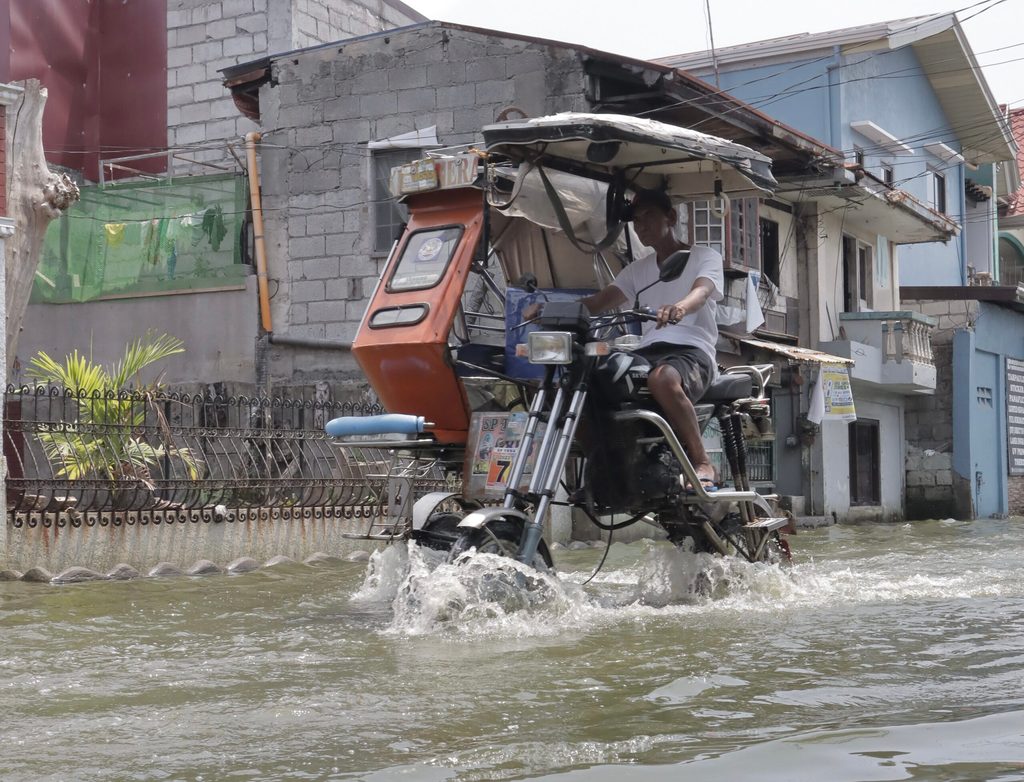
Hagonoy is a coastal municipality that sits on the northern shores of Manila Bay. Because of its location, the town is prone to intense flooding during high tides in the rainy season. The area is also a natural catch basin which makes it vulnerable to back flooding as it collects flood waters from the elevated surrounding towns.
Recently, Bulacan was placed under a state of calamity due to the effects of Typhoon Egay, following the southwest monsoon coinciding with high tide.
Modifying the ordinary tricycle
Jennie Crus, 58 years old, is a tricycle driver in Hagonoy. He has been plying the roads of his hometown for 35 years. He decided to modify his tricycle into a tikling in 2021.
“Dahil sa tubig, hindi naman puwedeng mababang [tricycle] pumasada, dahil ‘yung tubig dito e minsan hanggang hita, pinakamababa hanggang tuhod. Papaanong hindi ka magpapataas ng [tricycle]?” Crus said.
(Because of the water, you cannot operate lower tricycles. Because the water here can sometimes reach from your knees to your thighs. How can you not upgrade your tricycle?)
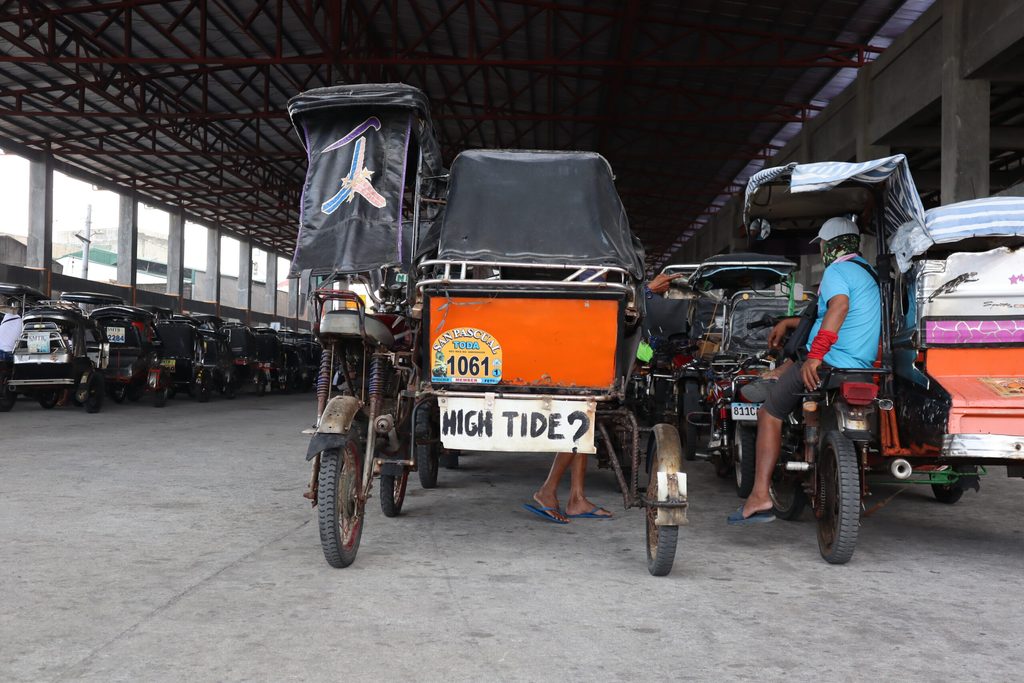
It cost him over P5,000 to customize his tricycle. He then spends about P700 a week for maintenance when his bearings, sprocket, and chain start to get rusty due to the salty floodwaters.
Crus said this maintenance cost can take a toll on the pocket of a tricycle driver like him who earns P600 to P800 a day.
His earnings are only enough to feed and sustain the needs of his family
“Kapag nakakaipon kaunti, sa maintenance lang napupunta. Nakakabili rin [ng] bigas kapag maganda ‘yung pasada, [kaso] hindi naman kasi araw-araw maganda ang biyahe,” Jennie said.
(When we save a few, it just goes to maintenance. We are able to buy rice when the trip is good, but it does not happen every day.)
As for the fare, the price of tikling trips almost doubles during high tide. On normal days, the usual tricycle fare would cost about P20 to P40. This goes up to P60 on days when the road is flooded.
The severest coastal flooding Crus could remember was waist-deep. A forecast from the town’s vice mayor on social media warned residents to anticipate a 5.2-meter rise in tide happening in August.
“Umaabot hanggang bewang ‘yon. Puro tikling lang ang makakapasada,” Crus said recalling the earlier high water event.
(It reaches up to your waist. Only tikling can go through.)
Struggles in riding the tide
As much as it helps wade through inundated roads, Rodel Reyes, 39 and also a tikling driver, said that some people are hesitant to ride a tikling because of its unusual height.
“Sa pasahero naman, kapag walang tubig, natatakot ‘yung ibang sumakay kasi baka raw bumuwal,” Reyes said.
(When it comes to passengers, when there is no water, they are scared to ride because the vehicle might tumble.)
Just like any other vehicles, tikling trikes are also prone to accidents. Crus narrated his experience when he encountered trouble while transporting passengers during a high tide.
“Noong nakaraang linggo lang, nagtataka ako bakit ayaw umusad ng motor ko, nalaglag pala ang kadena…ang ginawa ko kinapa ko na lang,” said Crus. “Kaya lang basang-basa salawal ko, tinulak ko pa sa may medyo mataas.”
(Just last week, I was wondering why my tricycle won’t move. I realized the chain fell off. But it was submerged in the water. What I did was to grope for it. My clothes got soaked in water, I had to push my vehicle to a higher area.)
Another dilemma that tikling drivers face is the availability of good opportunities when there is no flood. Residents only ride a tikling during high tide. Tikling drivers are left idle when the roads are dry. This forces them to look for other sources of income.
Despite the drastic effects of coastal flooding in Hagonoy, most residents remain here as they are sentimentally tied to their houses and the communities they grew up in.
Call to action
The local government unit (LGU) of Hagonoy’s solution to this coastal flood problem is by building river dikes and elevating the road. However, residents like Crus and Reyes are not satisfied with this action.
“Gumagawa naman sila ng aksyon, kaso lang napakatagal. Kagaya sa pagpapataas ng kalsada sa Brgy. Mercado, ang tagal gawain. Mga pasahero doon nagrereklamo na…yung mga emergency roon, ililipat pa ng tricycle kasi putol ‘yung kalsada dahil itinataas,” Reyes said.
(They are doing actions, but it is slow. Like the elevation of the road in Brgy. Mercado, it is very slow. The passengers there are already complaining. Then in some cases of emergency, they have to transfer to another tricycle because the road is not complete yet.)
For Crus, elevating the roads is also not effective as it will only leave the houses more submerged in water.
Although the coastal flood gives them an opportunity to earn as tikling tricycle drivers, Crus and Reyes, said they still consider the rising tide as a menace.
“Hindi naman blessing ‘yung high tide na ‘yan. Mas maganda pa rin kung walang high tide. Kaya lang kami nagtitikling dahil nga ‘yung tao walang masakyan at wala kaming mapagkunan [ng kita],” Reyes said.
(The high tide is not a blessing. It is still better if there was no high tide. The only reason we use tikling is because the people have no means of transportation and we also don’t have a source of income.) – Rappler.com
Amiel Antonio is a Rappler intern from Bulacan State University — Main Campus. He is an incoming fourth-year journalism student.
Add a comment
How does this make you feel?

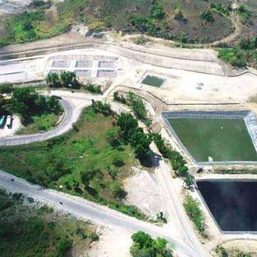
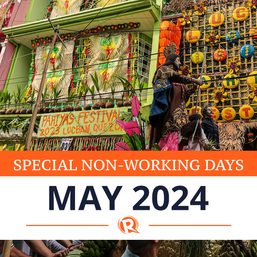
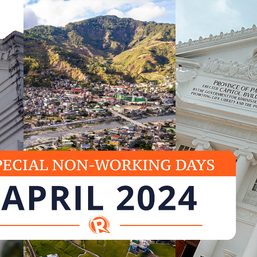
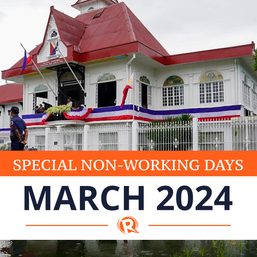











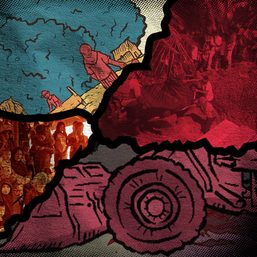
There are no comments yet. Add your comment to start the conversation.